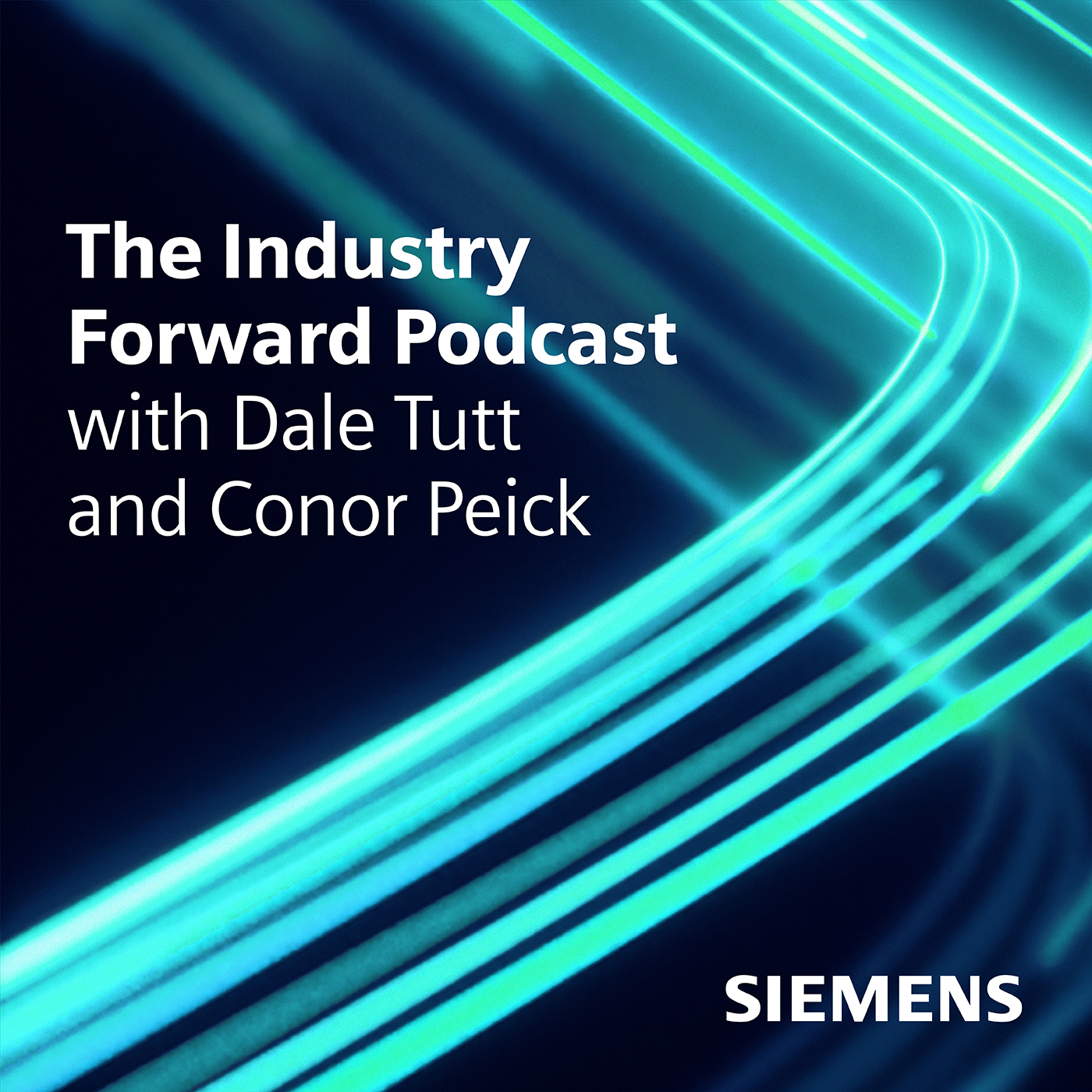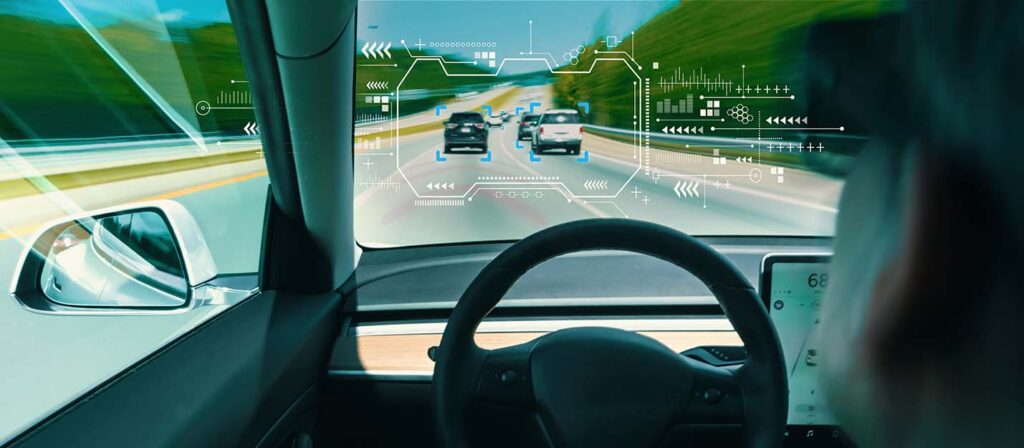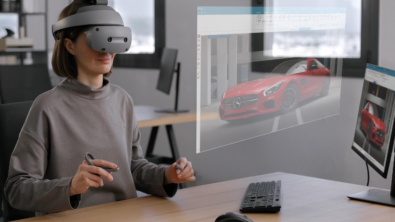Exploring the Shift Left: How EDA and Semiconductor Development may Shape the Future of Digitalization

The Industry Forward Podcast has recently started its second season, which will focus on the concept of “shifting left” with comprehensive digital twin technology. To kick off the new season, Dale and I were joined by Mike Ellow, CEO of Siemens EDA, who brings 30 years of executive sales and technical management experience in Electronic Design Automation (EDA). Dale and I were very excited to welcome Mike to the show, and the conversation certainly did not disappoint. I first asked Mike to give us a brief overview of the electronic design automation (EDA) industry, mostly for my benefit of course.

Mike explained that the EDA industry supports the design, testing, and production of the electronics inside everyday devices like smartphones. This support comes in the form of software tools that help with various design tasks for advanced chips, organize information from specification to production, and connect global teams to ensure that semiconductor designers and manufacturers can create the cutting-edge components that are now in such high demand. In sum, there is not a semiconductor out there that has not been touched by EDA technology at some point.
Why Software-Defined Systems are the Future
With the crash course out of the way, Dale moved the conversation on to the transition towards software-defined products and systems taking place across many industries. Cars, planes, home appliances, and more now use software and semiconductor devices to deliver new features and functions to the user, or in some cases to replace or augment mechanical or electrical systems. Dale illustrated the concept succinctly through a recent experience in which a software update was pushed to his vehicle, resolving an issue with the car and preventing the inconvenience of leaving his car at a service center for diagnosis.
While this new approach introduces greater complexity and demands greater collaboration among technological domains, Mike reasoned that companies are willing to accept such tradeoffs in pursuit of differentiation through advanced software layers that would have been impossible to build in the past. Mike highlighted the rise of autonomous driving functions and the heightened importance of slick and modern in-car user experiences as examples of the new focus on software as a key point of differentiation in industries like automotive, aerospace, and even heavy machinery.

Adopting new Methods for Software-Defined Development
Of course, adapting to these rapid changes poses significant challenges for companies. Mike described how traditional methods and mindsets must evolve to remain competitive. Companies need to embrace a multi-domain approach, integrating software, electronics, and mechanical design seamlessly to manage the immense complexity of modern systems-of-systems. This holistic view is essential for meeting consumer demands and staying ahead in a rapidly changing market.
Dale and Mike continued by discussing the importance of planning for expandability and flexibility in software and electronics platforms to support future updates. This requires careful architecture exploration early in system design and the ability to monitor and adapt to real-world operating conditions once in the field. The integration of active monitors in semiconductors is one way companies are tracking performance and reliability, ensuring that products remain functional and up-to-date throughout their lifecycle.
Mike wrapped up the first part of our discussion by looking at the complexity of managing the design, optimization, verification, implementation, manufacture, deployment, and maintenance of today’s complex systems. Given the challenge, Mike stressed the importance of a real-time digital backbone to interlock different companies involved in the ecosystem.
You can listen to the first part of our discussion over on the Industry Forward Podcast!
Siemens Digital Industries Software helps organizations of all sizes digitally transform using software, hardware and services from the Siemens Xcelerator business platform. Siemens’ software and the comprehensive digital twin enable companies to optimize their design, engineering and manufacturing processes to turn today’s ideas into the sustainable products of the future. From chips to entire systems, from product to process, across all industries. Siemens Digital Industries Software – Accelerating transformation.


